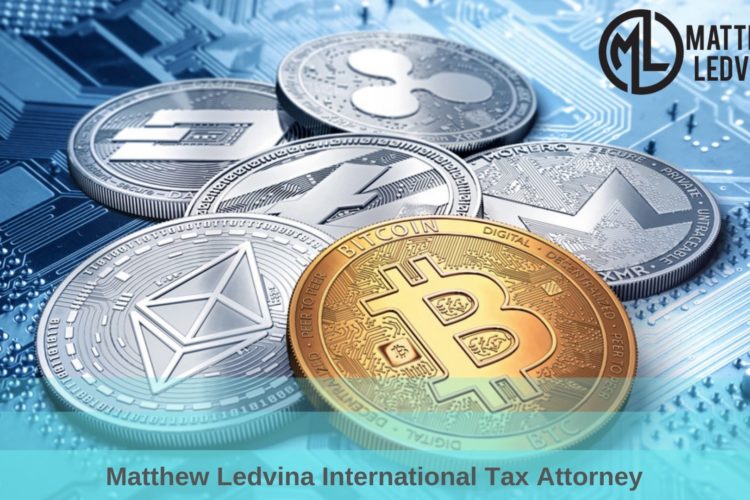The US tax rules places non-US (ie foreign) trusts into two boxes: grantor trusts and non-grantor trusts. The US tax rules for grantor trusts are quite easy if the trust is established by a non-US person—it’s basically a US tax haven for US beneficiaries, tax-free growth, tax-free distributions, a perfect situation. The US tax rules for non-grantor trusts are more complicated but is easily understandable.
A non-grantor trust is a separate taxable entity for US purposes, and because the US does not have the right to tax a non-US trust they have found another way to charge tax for US beneficiaries of a non-US trust. This tax is called many things, the throwback tax, the accumulation distribution rules, DNI/UNI, but in general the functionality is easy enough to understand.
The mechanism works like taxation on a company in most respects. The trust’s ‘profit’ is determined on an annual basis, and one takes the revenue of the trust (eg interest income, dividend income, realized capital gains, rent), and offset with costs of the trust (eg trustee costs, investment costs, custody costs). The profit can then either be distributed out the beneficiaries or held within the trust. The US tax system of course prefers distributions out immediately to the US person beneficiary as it can then charge tax. If the trustee cannot distribute out, then this is where the US tax system starts to take a larger bite with the UNI concept.
UNI is also quite simple to understand because it is accumulated ‘profit’ that the trust did not distribute out in the current year. So, the profit from 2018 that was not distributed out then becomes accumulated profit in 2019. Another way of illustrating this with numbers is the trust has profit (DNI) in 2018 of 100, and it distributes out 25 to beneficiaries in 2018 (or in the first few months of 2019) and 75 is remaining of the profit. The trust has 75 of accumulated profit (UNI) in 2019. The true problem with this UNI mechanism comes when this accumulation of profit covers years of time.
A trust wanting to distribute out to US persons will then have to first distribute out the current profit (DNI), then the accumulated profit (UNI), and only then the tax-free capital or corpus. This means that after a long enough time of the trust building up UNI a US beneficiary will be charged on a significant US tax (sometimes up to 100%) on a distribution. We have seen situations where trust has 1,000,000 of assets remaining, and because of the US tax rules, the US beneficiary will pay 1,000,000 in US tax.
There are ways to address this type of problem, but it is always better to solve the UNI problem in the beginning.
Read more from Matthew Ledvina’s on his blog, or follow him on Facebook for video updates, subscribe to Matthew Ledvina on YouTube.





